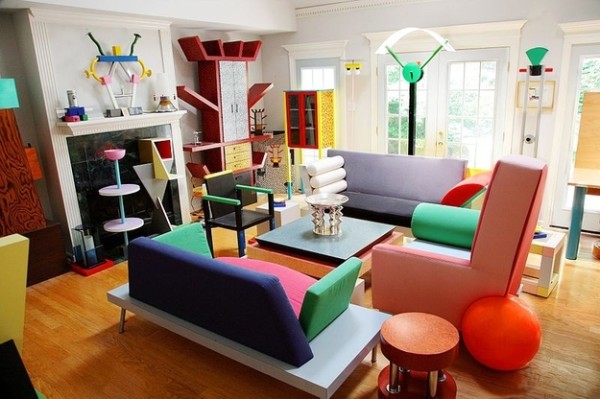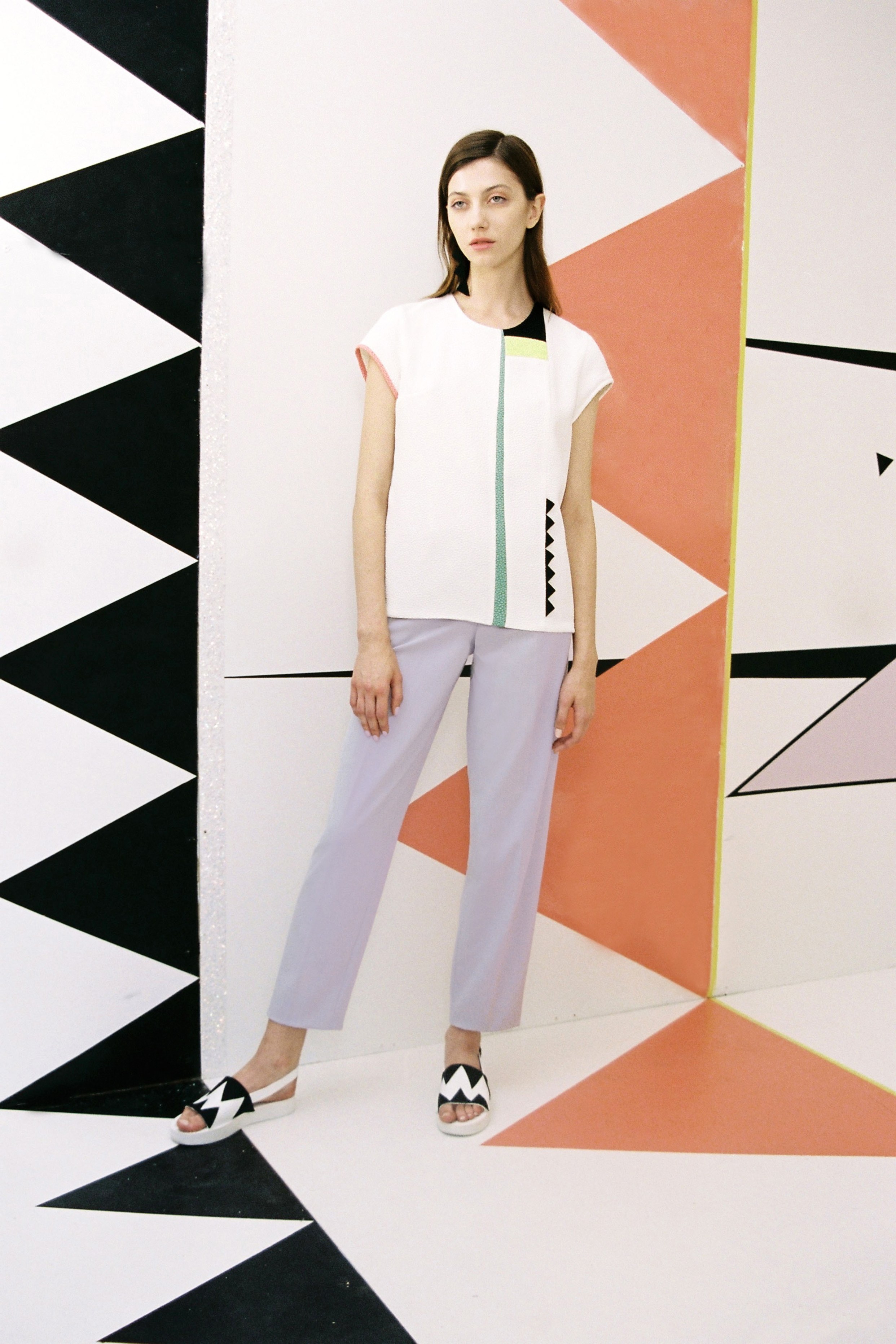As creatives, we constantly update ourselves on the latest-and-greatest trends, fads and movements in the design world. More often than not, what is popular in website and/or graphic design translates over all design platforms, from fashion to interior and vice-versa.
Think about it: When Pantone releases its annual “Color of the Year,” this shade and those which Pantone recommends pairing with it, are seen on runways in Paris, living-room walls and matching furniture, magazine covers, in website design and more.
In recent years, minimalism seemed to be the go-to within the design world. Neutral palettes became consumers’ top picks, brands transitioned their elaborate logos to simpler variations and website and app design began featuring “flat” icons.
Minimalism is design at its most basic. It removes the unnecessary “fluff” and brings design to its core.
Minimalist design is often categorized by:
- Simple colors, often using muted tones or 1-2 hues.
- Abundant empty or “open” space.
- Simple functionality, allowing for easy user experience
- Strip all elements down to achieve simplicity in design.
Design will continue to evolve. Sometimes this progress is revitalization of once dated themes that when re-envisioned and showcased to a new generation of consumers, become some of the most influential.
A design trend-of-late that is quickly making the rounds within the influencer circuit is actually not new at all. Meet Memphis.
Memphis? As in that bluesy city in Tennessee? Not in the slightest.
Memphis design was a take on the Postmodern concept and was seen in furniture, fabrics, ceramics, glass and metal objects from 1981 to 1987.
Memphis is official name for the style that comes to mind when you think, “1980s.” Bright colors, contrasting patterns, functional pieces (furniture, accessories, etc.) in geometrical shapes and clashing colors, etc. Designs so totally opposite that when put together they seemed to just work (or not, depending on the opinion). It is whimsical and loud, a striking contrast from the minimal designs that preceded it.
The Memphis movement started where many design movements tend to begin: Milan. As it is regarded as the global design capital of the world, when Milan speaks, the world listens.
In late 1980, Ettore Sottsass organized a meeting between some of the most influential Italian designers of the time. The outcome was The Memphis Group. The catchy name came from the Bob Dylan song “Stuck Inside of Mobile with the Memphis Blue Again” that repeatedly played during the meeting.
Because of its eye-catching, wild designs, the Memphis movement drew quite a following and was seen in architecture, fashion, the early stages of graphic design and more. Critics called it “Bauhaus meets Fischer Price;” fans called it “genius.” Whatever side of the argument the public lie, Memphis was everywhere and would continue to be until the late 1980s. Ultimately creating an iconic period in the timeline of modern design.
Due to its direct link to the stigma of the 80s, Memphis dropped from culture beginning in the early 90s and would continue to do so for more than 20 years. That would change in 2014, when it came creeping back into the design world, to the shock of even the most seasoned “trend spotters.”
The Millennial generation’s (ages 17-34) buying power may be one factor. This demographic, with most not even born within the same decade as the original Memphis movement, has proven to be a consumer superpower. Annually it is estimated they spend upwards of $200B, with that figure continuing to rise.
Capitalizing on Millennials purchasing power, designers in every faction have paid attention to what draws the group’s eye: non-conformity, combining what they were told were mismatching concepts into new ones, throwing their parent’s preferences out the window. Sounds eerily familiar to a design trend, doesn’t it?
The Memphis movement and the Millennial generation were destined to attract, and they have. From web design to fashion, consumers are buying-up Memphis-inspired patterns and the trend looks like it’s not going away any time soon.
The Memphis movement pushed boundaries in design and challenged artists to create in ways the art world had often disapproved. This has become an easy pick society’s newest mega-consumers. Let’s just hope shoulder pads and water beds stay in the 80s time capsule.



